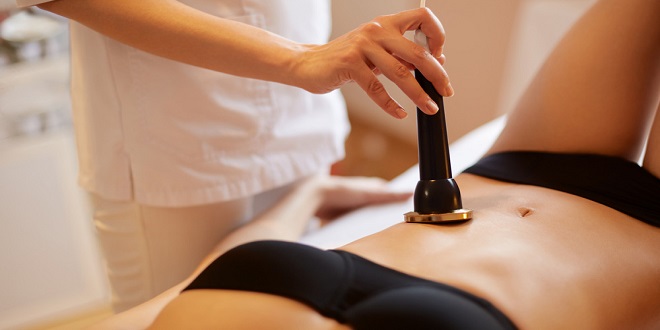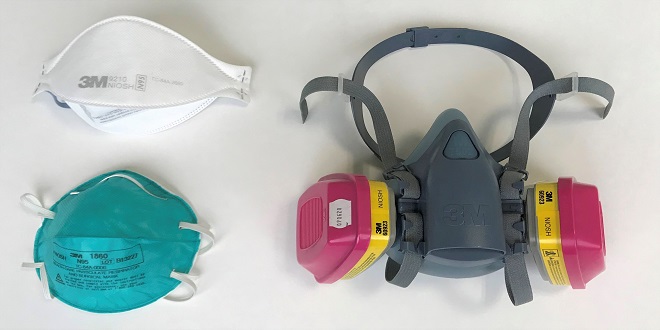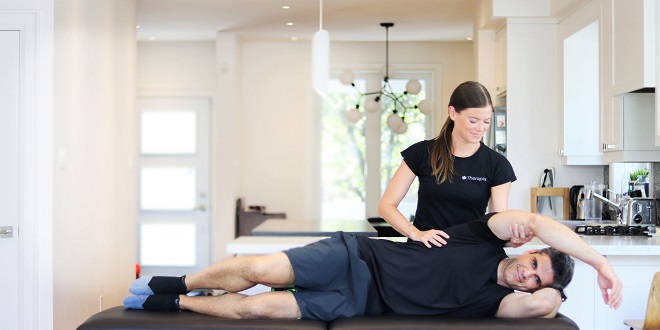
It can be difficult and stressful to fit weight loss and exercise into our daily lives, especially if we don’t see the desired results. If the thick girls want to lose weight but aren’t able to do so, it’s time for them to consider other options. Lipo cavitation has quickly become a popular non-invasive treatment for body contouring and fat loss.
How Does Lipo Cavitation Work?
You won’t get poked, prodded or injected with anything during Lipo Cavitation. Ultrasonic waves that are directed at the area of fat tissue you wish to remove will damage the fat cell membranes. The device is specifically calibrated to target fat cells and will not cause any other damage to surrounding tissues or organs. Ultrasonic waves are used to target fat cells and begin to dissolve them. They then release triglycerides, fatty substances, and other components of the flabby tissue. Your body will then process excess triglycerides through normal physiological processes within a week following Lipo Cavitation.
How many treatments are needed for lipo cavitation?
Many people who opt for Lipo Cavitation experience a noticeable reduction in fat within the first week. According to a study published in the Journal of Cutaneous and Aesthetic Surgery, it is common to lose weight and change your body composition with a treatment plan of 10-20 sessions per week. Your doctor will meet you for a consultation and a physical exam before your first treatment. The ideal candidate for Lipo Cavitation in most cases is someone who is active at least moderately and follows a healthy diet. Lipo Cavitation does not treat obesity. It is best used to reduce unwanted fat in specific areas of the body. Your doctor will assess your body and determine if you are a candidate for Lipo Cavitation.
Which Areas of the Body can be treated?
Lipo Cavitation can be used in the same areas as liposuction. Lipo Cavitation can be used in the most common areas: abdomen, face and neck, neck, back, cheeks. Also, the chin, hips. Upper arms. buttocks. It can also be used to reduce breast tissue in overweight males.
What to do before and after lipo cavitation?
You should be at least moderately active before you have Lipo Cavitation. Most doctors recommend that patients consume 8 cups of water per day, limit alcohol consumption, and avoid tanning in the weeks leading up to treatment. These recommendations should be followed. To help your body deal with the extra fat and triglycerides released by the procedure, you need to drink enough fluids. These substances can be metabolized in the liver if there is too much alcohol. Tanning before a treatment can make your skin extremely sensitive to ultrasonic waves.
To help your body absorb the excess triglycerides or fatty substances that were released during treatment, it is important to drink enough water and keep moving.
What Side Effects can Lipo Cavitation cause?
Lipo Cavitation has very few side effects compared to surgery liposuction. The treatment is painless for most people and does not require any recovery. The transducer may cause temporary skin irritation, mild bruising, fluid buildup or blisters.
Summary
There are many options for weight loss, some more involved than others. Lipo Cavitation is a great option if you are already active and eating healthy but you have certain areas that don’t respond to diet or exercise. This non-invasive procedure helps to eliminate unwanted fat cells by using ultrasonic waves.
While results may not be perfect, your efforts will make it possible for you to see the lasting changes that are possible.





